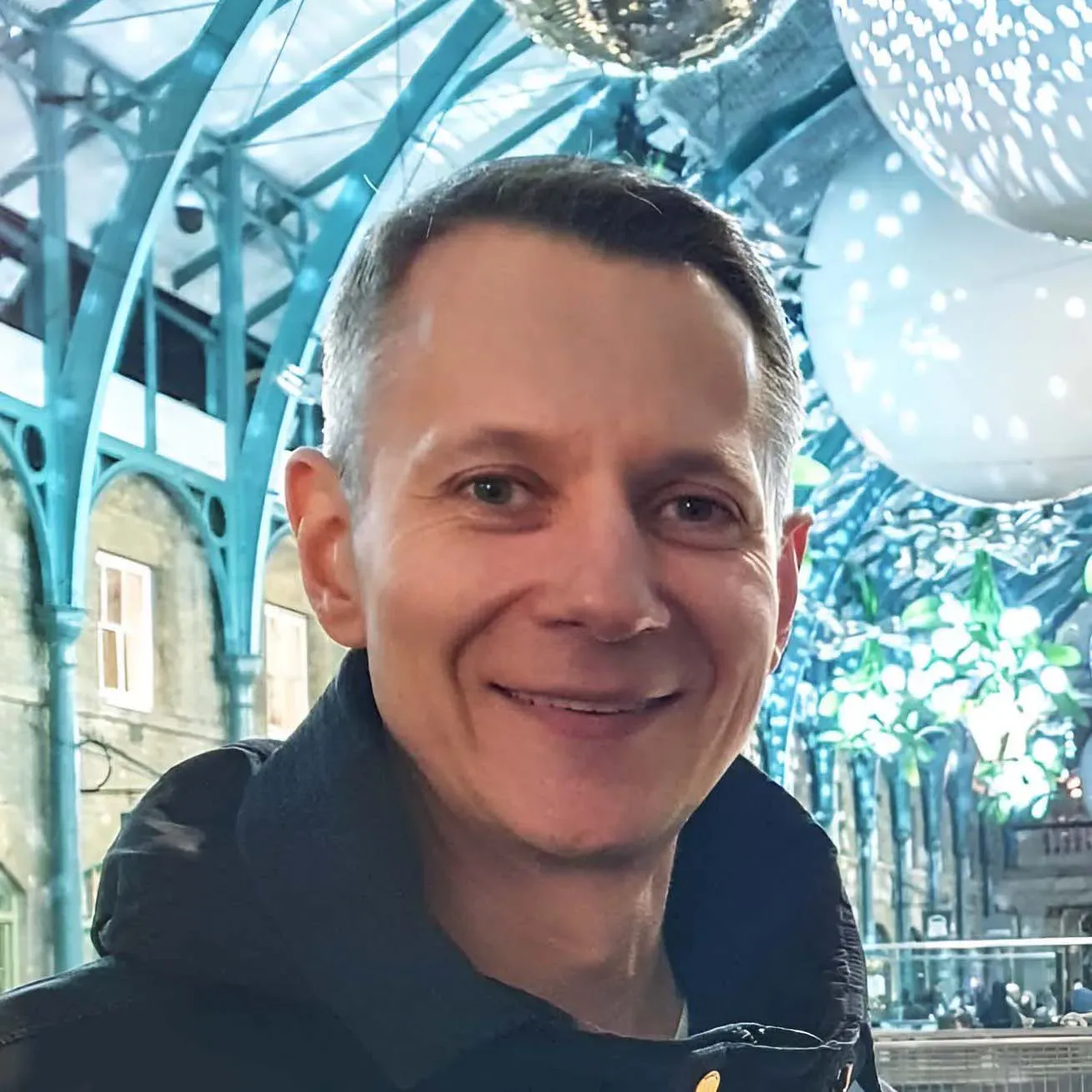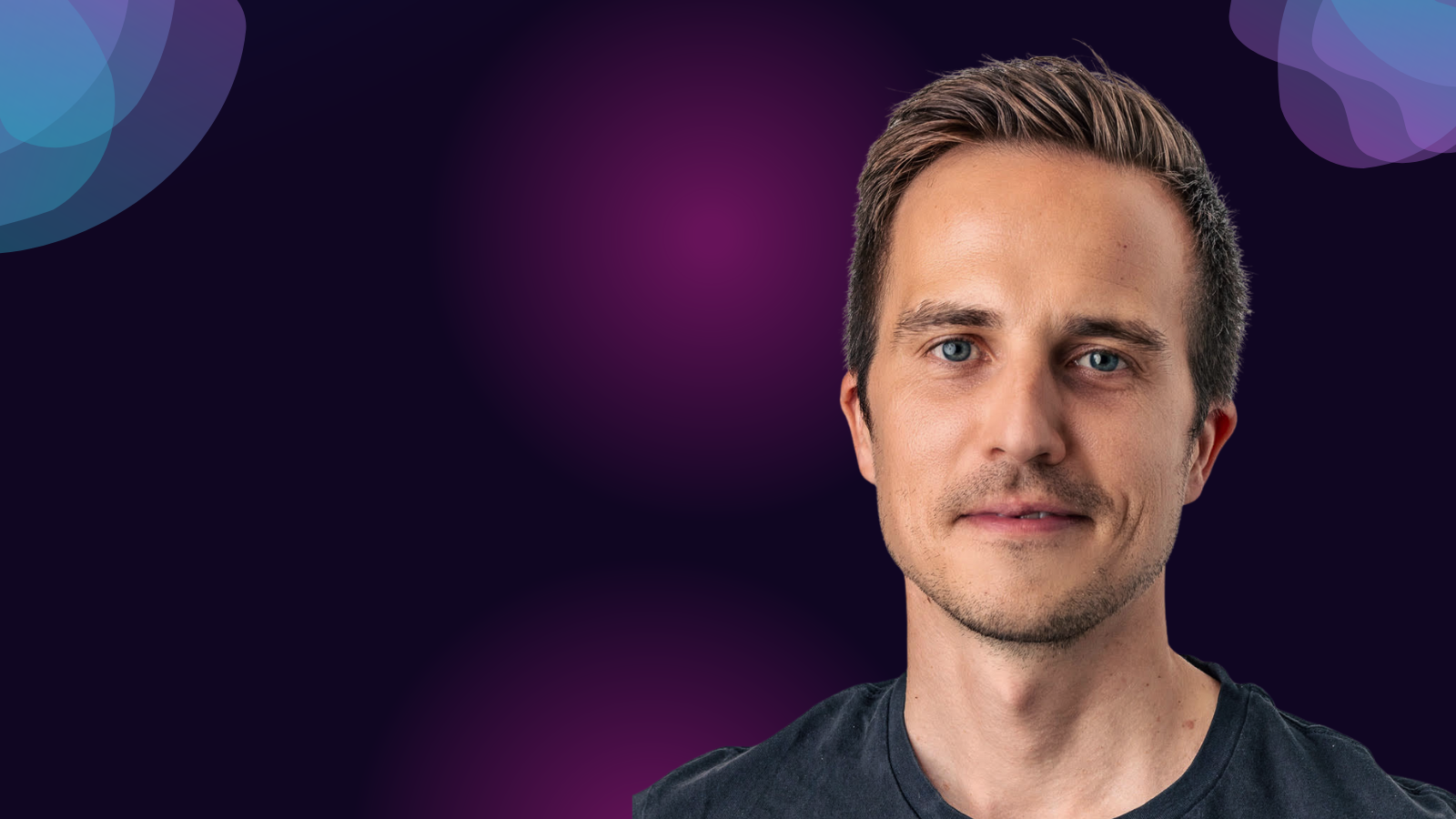When two tech startup founders meet at the bar to disrupt the design industry with their bold vision, but no formal design background whatsoever… It could have been a recipe for a disaster.
But it wasn’t the case for the founders of NewArc.ai – Ivan and Kirill, for they were well aware of their knowledge gap. So they began their search for the right person to guide them. They were looking for an expert who could bridge the gap between technology and creativity, someone who had a deep understanding of both design and AI.
And indeed, they found what they wished for. Little did they know that this meeting would mark the beginning of a truly fascinating partnership.
"Lysandre was one of the first designers I reached out to in the earliest days of our product. I remember thinking, 'This guy has perfect experience, and I need to talk to him no matter what.' Funny thing – during our call, as I was telling Lysandre about our innovations in 2023, he kept nodding, 'Yeah, we have been working on something similar for about a decade' – Ivan, cofounder of NewArc.ai
Meet Lysandre Follet – the person who pioneered the use of generative design to create groundbreaking performance footwear a decade ago.
Lysandre Follet: From Computer Science School to Making History at Nike
First Choice In Education May Not Always Be Right…
"As a byproduct of the French academic system, being good in physics and math, I ended up going through the 'Classe Préparatoire aux Grandes Ecoles’ – an intensive and competitive preparation overloaded with maths and sciences. At the end of the two-year program, I joined a Computer Science school.
But a few months into the curriculum, I realized that I was really missing something important that had been a common thread throughout my childhood: creativity and art.
My parents are musicians—my dad is a music composer and artist—and I started playing the cello when I was four years old. I still play to this date. After a few weeks of looking at art schools, I realized the traditional art path was not going to work for me either. I needed to find something that also fulfilled my need for technical problem-solving and science.
… But It’s Never Too Late to Start Over
All those reflections resulted in me enrolling in a five-year Master's program in Industrial Design. Needless to say, at the time of restarting from scratch, being two years older than most students felt like I had wasted two years learning abstract mathematical concepts that at the time felt rather useless to my new endeavor.
Diving Into Generative Design
In 2010, I started experimenting with Processing, a programming language for visual art, and later with Grasshopper 3D, a node-based editor for working on top of RHINO 3D, a 3d CAD software. One of my early projects involved generating geometric forms for jewelry, which I 3D printed in wax and cast in gold and silver. This project marked the beginning of my journey into the world of generative design.
I started to recognize that my strong background in sciences and computer science, combined with a master's in Industrial design – the fusion of creativity and technology, was atypical and powerful.
Kick-Starting the Generative Design Era at Nike
In 2011, I joined Nike Innovation Kitchen as a traditional footwear designer. About six months in, I pitched a project to use generative design to make sense of the data collected on athletes to inform product creation. It was a powerful, game-changing creative system that allowed us to generate high-performance products, perfectly tuned to each athlete’s data, cutting weeks (if not months!) of development and revision time compared to a traditional approach.
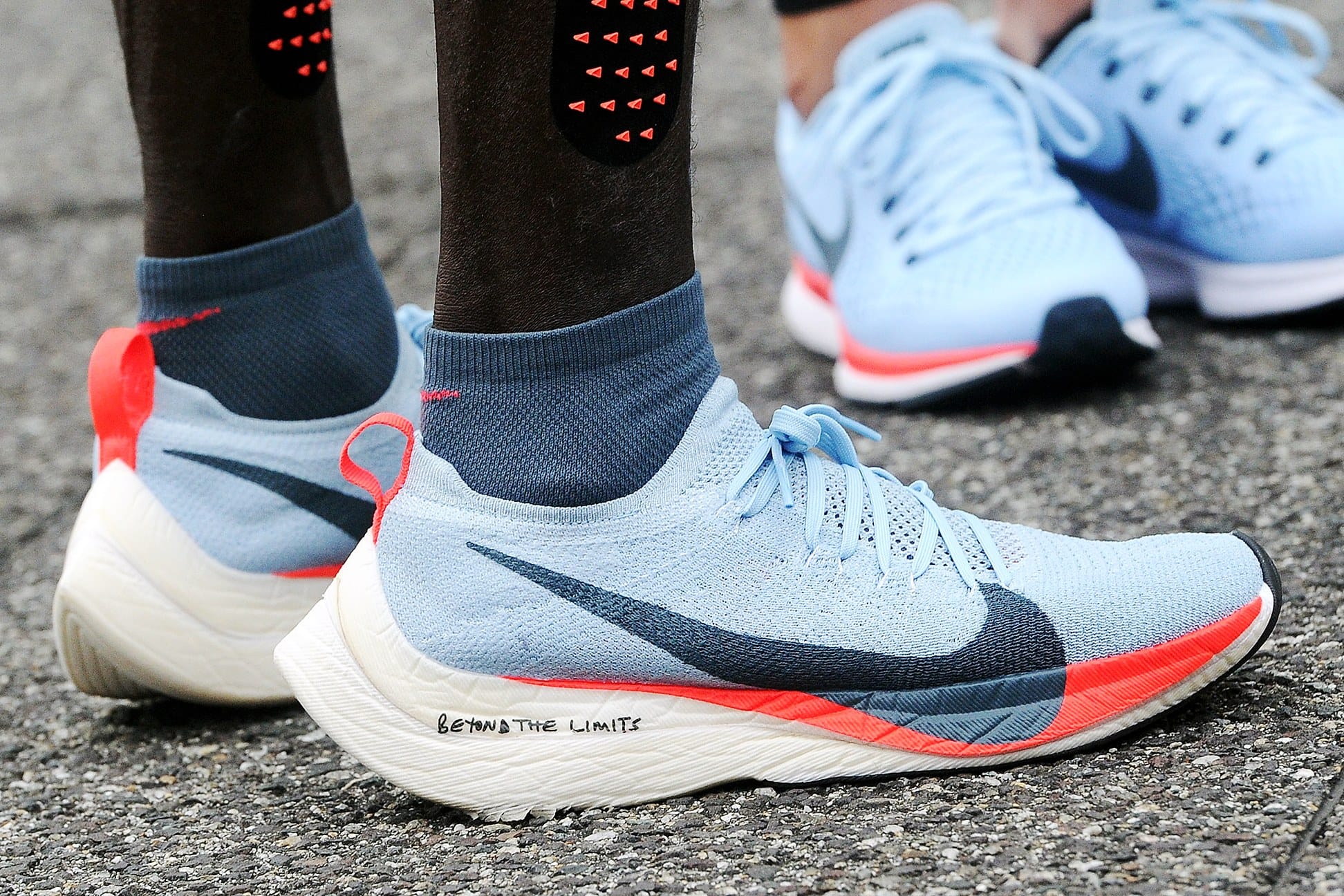
This deep dive into the wonderful world of generative design quickly went from a one-off project to building an enterprise program. We had to seek talent that simply did not exist at the time: back in 2012, you couldn’t find anyone with a background like that – combining knowledge in computational & generative design with experience in footwear or even industrial design. So I opted for hiring specialists who had a good understanding of working with computation as a creative medium: we knew we would be able to bring them up to speed on footwear design with our expertise.
We ended up bringing in many young architects as they adopted computational design about a decade prior than any other creative field.
Our first major project was the Rio 2016 Olympic Track and Field collection, which became the most successful product in the history of Nike Track and Field – with over 45 medals and numerous personal bests and world records.
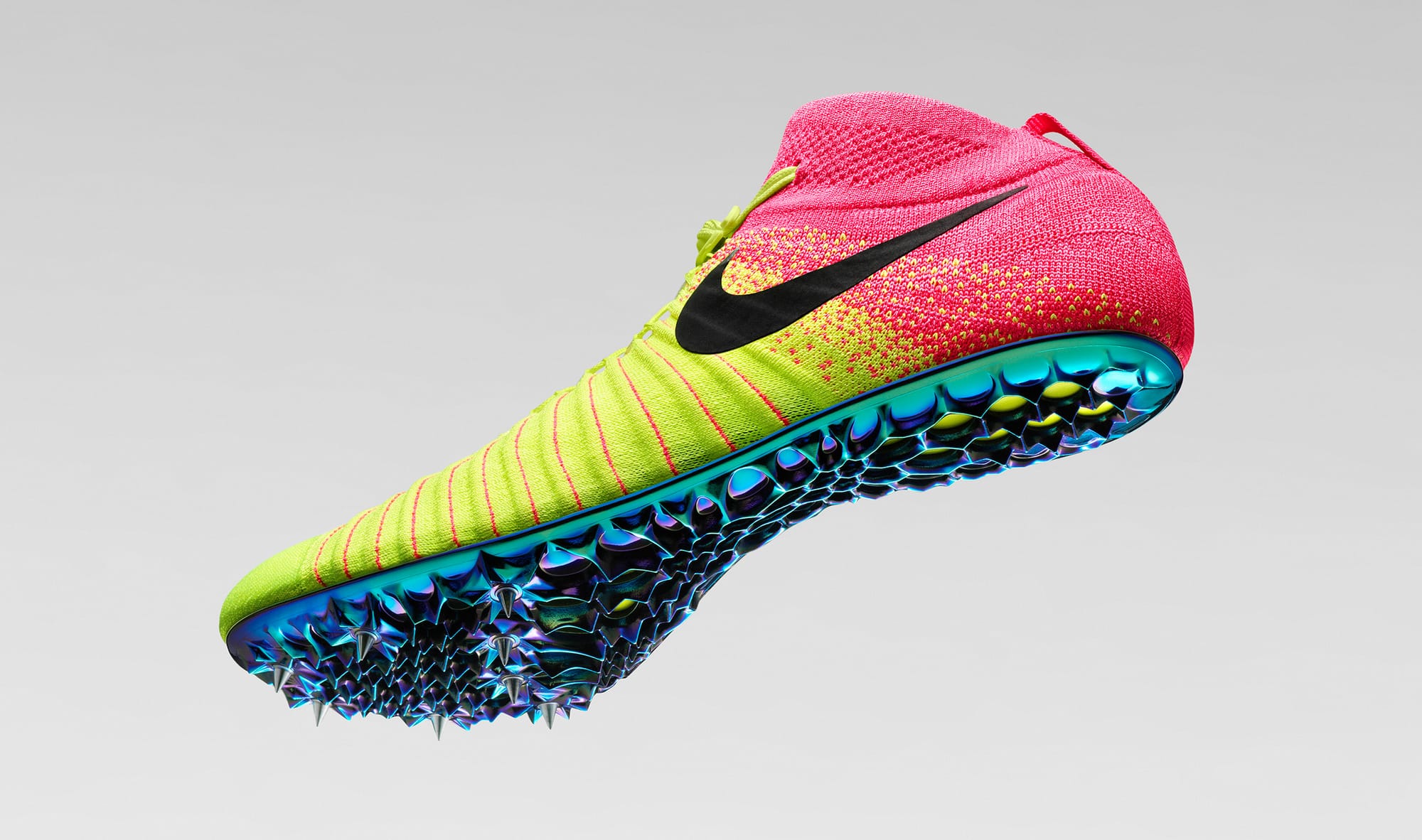
From there, the computational design program grew rapidly and is now a pillar of modern design at Nike.
If you are interested in learning more, check out Lysandre’s talk at EMERGE 2019 in Minsk on 'Leveraging algorithms and machines to complement and augment human creativity.'
On Design Innovation and AI
“Learning design is a never-ending, never-stopping process. I think one of the things that I learned from computer science is that there is a constant evolution of programming languages, tools, and hardware. You simply can’t rely on the one language you may have learned 20 years ago and call it a day for the rest of your career. This principle is at the core of my design practice. I have relentlessly tried and integrated many different software and workflows as they came along.
For the last two decades, if you look at footwear design, 95% of designers would be using only two tools: their favorite pen and Adobe Illustrator. However, pre-COVID and accelerated by the pandemic and working from home, we started to see a shift. A younger generation of designers began embracing tools like Gravity Sketch and, more recently, Generative AI.
But no matter what technical tools we use, there is one that remains timeless. Sketching is the one fundamental tool in design that never gets old. It is by far the best and fastest way to download ideas from your brain to the world. It's universal. Sketching is a 'loose medium.' Sketches leave room for your imagination to build upon. Other mediums, such as 3D, can sometimes close the design conversation by rendering an idea too early in the process in a way that looks already finalized.
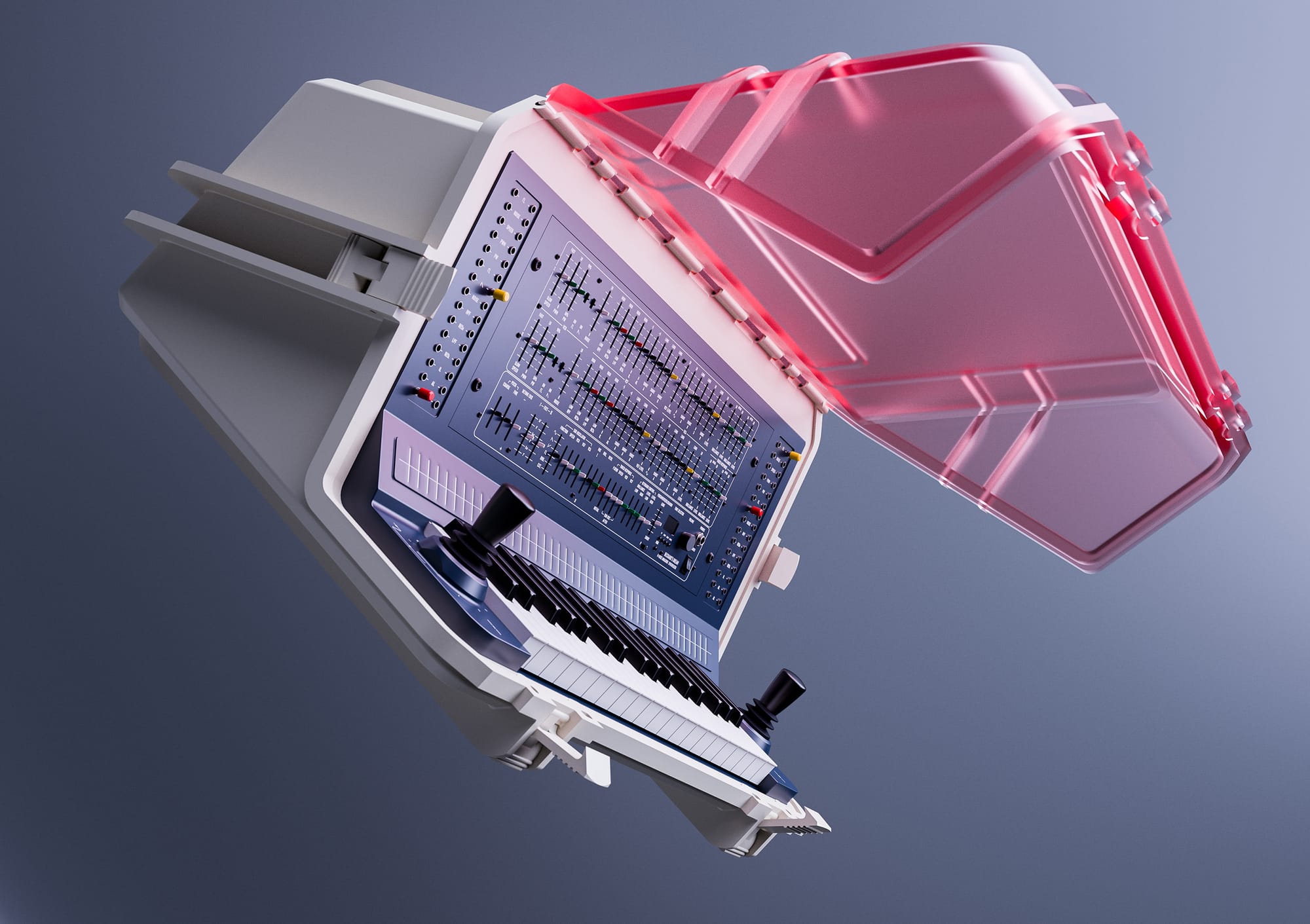
What’s also important is that sketching is… fun. Creatives can get lost for hours sketching in their notebooks, and spending hours in front of a screen is just not the same.
For the rest of our work, we now have AI – which, when implemented properly, can be powerful at any stage of the design process. One could use AI at the early stage to do mood boards and design fiction research. Some will take their sketch and render it with tools like NewArc.ai to quickly visualize concepts or have a conversation with a cross-functional team. You can use AI to generate design—computational design is a good example. AI is also used to optimize and refine geometry with physics simulation.
It’s always about understanding your existing design process and where it makes sense to augment that process by leveraging AI.”
Challenges and Opportunities AI Presents for Designers
"For the first time with tools like NewArc.ai, we have something that democratizes concept visualization. For my generation, there was a pretty massive split between designers who could render in Photoshop and those who couldn’t.
Unfortunately, there is a bias toward well-rendered sketches, so at the table, sometimes the ones with prettier renderings would see their ideas move forward, whereas those who couldn’t render would see theirs discarded regardless of the concept's potential. Today, with tools like NewArc.ai it can be a different game. You can take a black-and-white sketch and start to explore possibilities very quickly.
What still remains a challenge is finer control. As of today, we are still working with very generalized models, and we don’t have full control over them. In most cases, you will still do a good chunk of post-processing in photo editing software to obsess over the details and get the concepts where you want them to be. But that’s constantly evolving.”
The Future of Design Tools
“There’s no going back. In the near future, we will be able to generate 3D forms with AI, and things will keep becoming more powerful and precise. The underlying foundation will also move from large general knowledge and understanding to specialized and bespoke. The big challenge for the design industry is still the reality of the physical world. AI understands and knows very little about that. Manufacturing and production excellence are key to making a good product, and that will take some time to grasp and teach.
Sometimes you visit a factory and realize that the knowledge that makes a process so efficient and powerful belongs to a handful of factory workers who have worked with the same machine for years, fine-tuning the cycle. How do you teach a model that? Making pretty visuals at speed is fantastic, but translating it into a good product is hard, and that’s often where most of the time is spent in a product development cycle.”
Getting Onboard with NewArc.ai
"With my decade's worth of experience working with computation as a creative medium, I was disappointed when I saw the first generation of tools marketed as 'generative AI’.
Tools like Midjourney and other 'content generators' are fun for a little bit, but they quickly become a creative drain. It's a sentiment shared by many professionals who have used those tools extensively. It's the creative casino roulette—you just click all day, and most of the time, you realize you spent hours generating visuals that more or less look like any other Pinterest concepts you've seen already.
In 2022, I gave a talk at BrainBar in Budapest on the topic of 'Modern Creativity in the Age of AI.' Watch the video to grasp my point of view on GenAI V1. In many ways, those tools are more degenerative than generative.
So, when I first started to see a new wave of GenAI tools that used AI in a way that empowers creatives in their daily design process, it caught my interest. NewArc.ai is one of those tools. It takes sketches or technical drawings—the bread and butter of any designer—and completely revolutionizes the possibilities in terms of concept visualization at an incredible iterative speed. To me, that's the right approach—not trying to replace something that works so well like a sketch, but rather, augmenting it.
On a personal level, the team at NewArc.ai is committed to understanding the needs of creatives and designers. They have diligently spent hundreds of hours talking with industry designers and gathering feedback on their releases, which is very important to me. They acknowledge that their background is in computer science and business and that they need to truly understand the needs of their customers to build a great product. I talk to many startups in this space that have zero people on board with any sort of creative background. They are 100% tech and business. They make a lot of assumptions about what the creative process is like, which dictate the flow and features of their software, and it often falls short.
So, for me, having a seat at the table of a tech startup as an advisor, and building a creative tool is meaningful and important.
Ivan, Cofounder of NewArc.ai – On NewArc.ai mission and Lysandre’s Role
"Our mission at NewArc.ai is to empower fashion and footwear designers by helping them focus on creating new products while letting AI handle the tedious and time-consuming technical work.
I believe that in today's AI-driven world, ideas come before technical skills in graphic editors. In a way, AI is a great equalizer. It's less important how good you are at Photoshop; your vision is what matters more. Better ideas mean better products. Everybody wins.
Lysandre is a hands-on expert with in-depth knowledge of the footwear and generative AI industries. His strategic vision and practical experience help us define our strategic goals, get our product development right, and focus on what's important while cutting out what's not. Besides, Lysandre brings his wide industry network, which means we can reach almost any expert or executive in the market.
I'm sure that with Lysandre on our advisory board, we'll be able to achieve more as a company and bring greater value to designers."
Closing Thoughts
Lysandre’s journey is a perfect example of how powerful it is to combine art with technology. Because it’s when designers and engineers collaborate closely, that's when real innovation happens – which is true not just for the footwear industry or even design as such, but across different sectors and fields.
So what’s the key to driving this innovation forward?
Be curious. – Lysandre Follet.
In the ever-changing world that we live in, that’s the only way to keep learning, growing and changing the way things are. With a mix of human creativity and technological innovation, the future of design is incredibly exciting.
And while we’re on it…
If you’re a designer on the lookout of AI tools that help you push your creative limits, why not try NewArc.ai?
Give it a try with our free trial credits – and let us know how it goes👇
